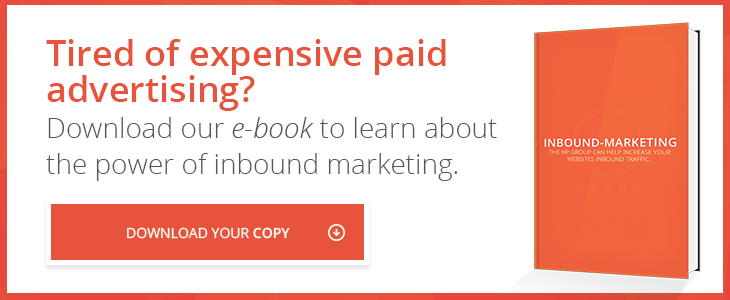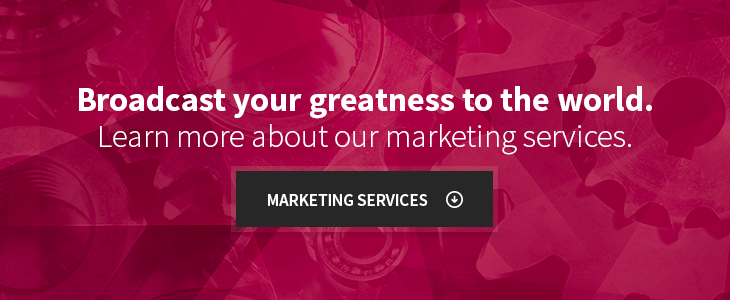
Inbound marketing is about taking prospective clients on a journey that (if done effectively) leads to sales and long-term relationships. Each step of a buyer’s journey needs to be addressed in a unique and compelling way that not only brings a customer to the table, but convinces him or her that you offer the best solution to a need or problem. Once you have effectively used the awareness stage, it’s time to move on the second leg of the journey: consideration.
Through your use of white papers, company blogs, e-books, and checklists in the awareness stage, you’ve given potential leads information that introduces them to who you are and what you offer. Now it’s time to shift gears and offer them more specific and focused content that talks about your product or service. This is where the buyer, having already identified their need, begins considering different solutions to their newly identified problem. Content such as product comparisons, brochures, case studies, webinars, and testimonials will all help accelerate potential leads through this stage.
Product Comparisons
Think about the last time you made a major purchase. It’s likely you wished, or went looking for, a way to do a side-by-side comparison of your options. Offering such a comparison tool to your potential leads is one, if not the best, ways to get them to enter your site and stay there, which then ups the odds they will purchase from you. Giving them comprehensive information on pros and cons, reviews, prices, and features through a comparison chart is priceless when looking to convert browsers to buyers.
Webinars
Webinars should demonstrate your company’s expertise, spark general interest, and effectively move potential customers to the next stage. Look for ways to differentiate your products and services from the pack and demonstrate why you’re a better choice than the rest. Remember that the customer is already aware they have a problem that needs solving; they are coming to your site to see if you possibly offer the best solution to that problem. An effective, transparent one-off webinar or webinar series can help you gain their trust by making them feel safe doing business with you. If you offer a product or service that offers a trial period, a webinar is the perfect platform for making that known. Consider using an industry leader or expert, not a company spokesperson, to host the webinar.

Brochures
They may seem like an old school idea, but brochures can still work in inbound marketing by giving customers the information they need to choose you. Even if you opt to not use printed versions, creating a brochure on your website that a buyer can then later print for themselves offers them a concrete tool in the decision process. A brochure is a great way for you to take relevant information from your site, say from the “about us” and product pages, and consolidate that data into an easy to read and understand profile of your product or service.
Case Studies
People can be naturally wary of sales pitches and may more easily relate to real life stories from those who have already purchased your product. Case studies are a great vehicle for giving them insight into how your product or service helped the other customer solve their problem, achieve their goal or meet their need. Different case studies that address various categories can be told through compelling stories gathered from satisfied customers, which can then lead to creating that all important feeling of trust in a buyer. Those who have had a great experience with a service or product are also often eager to share it via social media and their own blogs. The best way to solicit feedback from satisfied customer is through a post-sale email. You can also track hashtags that relate to your company, product, or service and approach customers who have commented on your company’s social media sites.
Testimonials
Think of testimonials as the short versions, or trailers, of case studies. Use both written and video endorsements, and make sure they are specifics-driven as opposed to being general, vague, or “fluffy.” Keep in mind who your buyer personas are, and choose testimonials that offer reviews and recommendations from people just like them. Be sure to use your blog to link back to these testimonials on your site. Links to testimonials are also terrific for social media posts.
The content you create and deliver in the consideration stage of inbound marketing is crucial to converting a potential buyer into a long-term satisfied customer. If you take the time to give customers all the information they need to make an informed decision, you’re well on your way to guiding them to make that all-important purchase.



